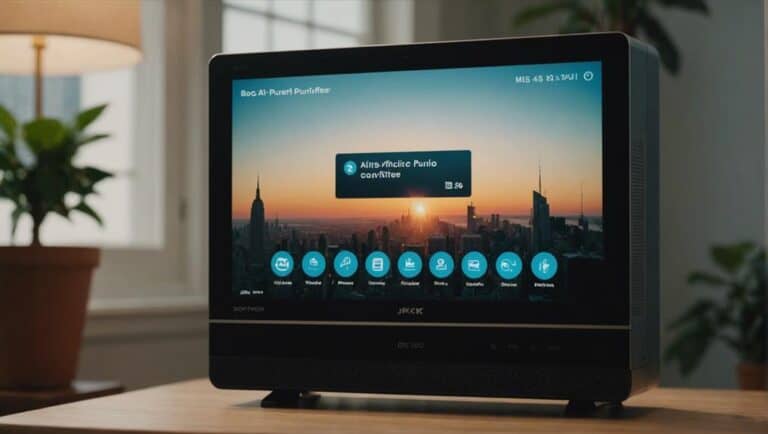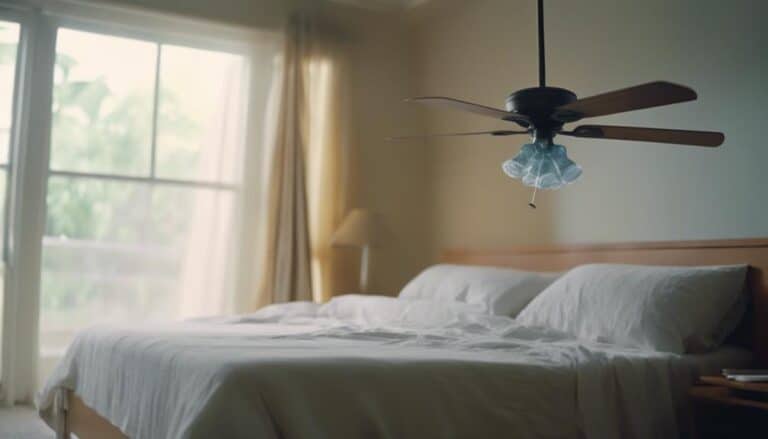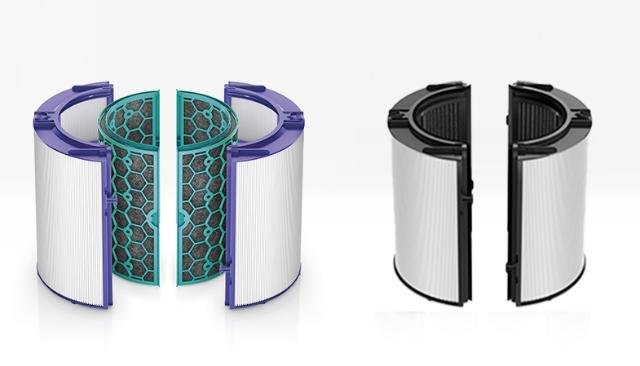Step-by-Step Guide: Installing a Portable Air Conditioner in a Horizontal Sliding Window
Installing a portable air conditioner in a horizontal sliding window can be a daunting task for those unfamiliar with the process. However, with our step-by-step guide, you’ll have all the information you need to successfully complete this installation on your own.
From gathering the necessary tools and materials to positioning and securing your air conditioner unit, we will walk you through each stage of the process in detail. Whether you’re looking to beat the summer heat or improve indoor air quality, this comprehensive article will provide you with expert advice and tips to ensure a seamless installation experience.
Tools and Materials Needed for Installation
To successfully install a portable air conditioner in a horizontal sliding window, you will need the following tools and materials:
- Measuring tape: Use this to measure the width of your window accurately.
- Screwdriver: A screwdriver with interchangeable heads will be useful for removing any screws or fasteners during installation.
- Foam insulation panels: These panels help seal gaps around the air conditioner unit to prevent hot air from entering your room and cool air from escaping outside.
- Window filler material: This material is essential for closing any remaining gaps after installing the foam insulation panels. It helps create an airtight seal.
- Support brackets or blocks: Depending on your specific model of portable air conditioner, you may need support brackets or blocks to stabilize and secure the unit inside the window frame.
- Venting hose and adapter kit: Most portable air conditioners come with their venting kits, including hoses and adapters that allow you to direct warm exhaust air out of your space.
Make sure all these tools and materials are readily available before beginning your installation process.
Preparing the Window for Installation
Before installing your portable air conditioner in a horizontal sliding window, you need to prepare the window properly. Here are the steps:
- Clear any obstacles: Remove anything that may obstruct or interfere with the installation process, such as curtains, blinds, or furniture near the window.
- Clean the window track: Use a vacuum cleaner or a damp cloth to remove any dust, dirt, or debris from the window track. This will ensure smooth operation and prevent any obstructions when sliding the window open and closed.
- Measure and adjust: Measure your portable air conditioner to determine its size and dimensions. Adjust the position of your blinds or curtains accordingly so that they won’t interfere with proper airflow from the unit.
By following these simple steps, you can prepare your window for installing a portable air conditioner without any hassle. Remember to always read and follow the manufacturer’s instructions for specific guidelines related to your model of AC unit.
Positioning the Air Conditioner Unit
- Measure the dimensions of your horizontal sliding window to ensure a proper fit for the portable air conditioner unit.
- Locate a suitable electrical outlet near the window, as the unit requires a power source.
- Place a sturdy support bracket on the windowsill to provide stability for the air conditioner during installation.
- Carefully slide open your horizontal sliding window and position it halfway open, allowing enough space for the exhaust hose of the air conditioner.
- Attach one end of the exhaust hose firmly to the back of your portable air conditioner unit, ensuring it is securely fastened.
- Feed the other end of the exhaust hose through an opening in your partially-opened window and attach it to an adjustable vent plate or window kit designed for this purpose.
Tips for optimal positioning:
- Choose a location where there are no obstructions blocking airflow, such as furniture or curtains.
- Avoid placing the air conditioner near heat sources that might affect its performance, like direct sunlight or appliances generating heat.
- Ensure that there is sufficient clearance around all sides of your air conditioner unit for proper ventilation and maintenance access.
Following these steps will help you correctly position and install your portable air conditioner in a horizontal sliding window while optimizing its efficiency and ensuring optimal performance throughout hot summer months.
Securing the Air Conditioner Unit in the Window
To ensure the air conditioner unit stays in place and operates effectively, it is crucial to properly secure it in the horizontal sliding window. Follow these steps:
- Insert the brackets: Attach the brackets provided with your portable air conditioner to both sides of the window frame. These brackets will support and hold the unit securely.
- Slide in and adjust: Gently slide your air conditioner into position so that it rests on top of the installed brackets. Make sure it is centered within the window opening for optimal performance.
- Secure with screws or velcro: Depending on your specific model, use either screws or Velcro straps to fasten and secure the air conditioner unit firmly onto its mounting bracket.
- Check stability: Give a gentle shake to confirm that your air conditioning unit is stable and not at risk of falling out when operational.
By following these simple steps, you can ensure that your portable air conditioner remains securely installed in a horizontal sliding window without any safety risks or potential damage during operation.
Connecting the Exhaust Hose
- Attach the exhaust hose to the back of the portable air conditioner unit, ensuring a secure fit.
- Slide open your window and position it so that it aligns with the width of the exhaust hose.
- Place a window bracket on either side of the opened window, making sure they are parallel.
- Extend the exhaust hose through one of the brackets, keeping it firmly in place.
- Securely fasten both brackets to hold them securely against your window frame, preventing any movement or gaps where hot air can leak out.
Remember to periodically check and make sure that there are no kinks or obstructions in the exhaust hose, as this may affect its efficiency in venting hot air outside. Additionally, ensure that all connections between your portable air conditioner unit and any accessories (such as brackets) are tight and secure to prevent accidental damage or disconnection while operating. Following these steps will help you enjoy cool comfort in no time!
Insulating the Window for Energy Efficiency
To maximize energy efficiency and keep cool air from escaping, it is essential to properly insulate your window before installing a portable air conditioner. Here are some steps to follow:
- Weatherstripping: Apply weatherstripping around the window frame to create an airtight seal. This will prevent drafts and minimize any loss of cooled air.
- Window Film: Install a window film or heat-control film on the glass surface of your window. This film helps reduce heat transfer by blocking UV rays and reflecting sunlight away from your home.
- Curtains or Blinds: Hang curtains or install blinds on your window to provide additional insulation. Close them during the hottest parts of the day to reduce heat buildup in the room.
Remember, proper insulation not only keeps your space cooler but also reduces energy consumption and lowers utility bills in the long run.
Testing and Adjusting the Air Conditioner
Once you have successfully installed your portable air conditioner in a horizontal sliding window, it’s important to thoroughly test and adjust it for optimal performance. Follow these steps to ensure your unit is cooling effectively:
- Check for Proper Ventilation Ensure that the exhaust hose of your portable air conditioner is securely connected to the window kit or vent opening. This allows hot air from inside the room to be expelled properly.
- Test Cooling Performance Turn on the unit and set it at your desired temperature. After about 10 minutes, check if cool air is flowing out of the vents and into the room. If not, inspect for any obstructions or clogs in filters, vents, or hoses.
- Adjust Fan Speeds Experiment with different fan speed settings until you find an optimal balance between comfort and energy efficiency. High speeds help distribute cooler air faster while low speeds minimize noise levels.
- Monitor Temperature Settings Regularly monitor both indoor and outdoor temperatures using a thermometer near your portable AC unit as well as outside.
- Adjust temperature settings accordingly based on personal preference but consider Energy Star recommendations (around 78°F/25°C).
By following these simple testing techniques and adjusting tips provided above, you can enjoy the full benefits of a properly functioning portable air conditioner in no time!
Maintenance and Care Tips for Portable Air Conditioners
- Clean the filters regularly: Dirty filters can reduce the cooling efficiency of your portable air conditioner. Clean or replace the filters according to the manufacturer’s instructions, usually every two weeks.
- Keep the unit clean: Dust and debris can accumulate on both the interior and exterior of your portable air conditioner, hindering its performance. Regularly dust off and clean all surfaces with a soft cloth or brush.
- Maintain proper drainage: Ensure that the condensate drain is not clogged, as this can lead to water leakage or damage to your unit. Check it frequently during usage and clear any blockages.
- Check for refrigerant leaks: Keep an eye out for any signs of refrigerant leaks, such as hissing sounds or reduced cooling capacity. If you suspect a leak, contact a professional technician.
- Store properly when not in use: When storing your portable air conditioner during colder months, ensure it is cleaned thoroughly beforehand. Drain excess water (if applicable) from internal tanks/tubes before safely packing it away in a dry location.
Following these maintenance tips will help prolong the lifespan of your portable air conditioner and ensure optimal performance throughout its usage period. Remember to consult your user manual for specific care instructions tailored to your model.







One Comment